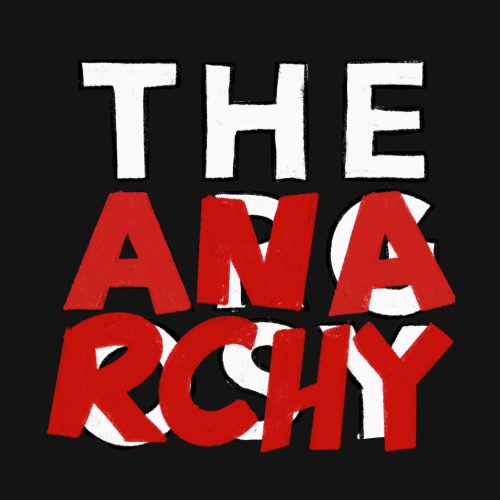Good plot held back by redundancy.
Although Atom Egoyan’s newest film promised to deliver a terrifying ride from start to finish, it left much room for improvement. Starring Ryan Reynolds and Rosario Dawson, the Sackville Film Society screened the much-anticipated The Captive by the acclaimed Canadian filmmaker.
Set against the backdrop of a wintery Niagara Falls, The Captive is a story about the kidnapping and captivity of ten-year-old Cassandra. The film jumps back and forth between the present where Cassandra’s kidnapping case has been reopened, and eight years earlier, when she was taken. Focusing on multiple points of view, the film follows the detectives who are pursuing Cassandra’s case, her parents’ struggles to cope with the loss of their daughter, and even the kidnapper himself. Although the film took on heavy themes such as marriage, trust, and child abuse, it failed to follow through on several accounts.
My main criticism of The Captive is that the director chose to reiterate important points multiple times throughout the film, rather than rewarding his audience for paying attention. Rather than assuming that the audience would remember certain key phrases or incidents from earlier in the story,the filmmakers continually reminded the audience by playing them over and over ad nauseam. The film had some interesting details, but its assumptions about audience intelligence was deeply disenchanting.
The Captive’s other main downfall was its hesitance to follow through with plot details and characterization. Egoyan may have bit off more than he could chew in terms of actualizing a story, as the plot was intricate and detailed in the beginning but concluded with a conveniently simple ending.
Though it lacked in some aspects, the film was accompanied by an excellent score by Mychael Danna that supported the frightening progression of the film’s plot, without coming on too strong. The music was intense but not cheesy, which is a difficult balance to achieve in the thriller genre. The director also made smart decisions in terms of where to deploy music and silence, which aided in the crafting of the film’s mood.
Egoyan should also be commended for his subtle scare tactics. The director relied on setting and dialogue to frighten audiences, rather than using blatantly graphic imagery. Despite the horrifying nature of the topic of child abuse, the director deliberately chose to focus on the characters’ reactions to horrific scenarios, and depicted very little explicit violence. Throughout the film, Egoyan manipulated the human mind to imagine terrifying images, which emphasized the psychological side of the the thriller.
Despite these high points throughout, The Captive’s conclusion was ultimately unsatisfying because the it did not live up to what earlier moments in the film hinted at or promised. These instances of psychological terror were unfulfilling in the end, as many of them proved insignificant or were forgotten entirely. While Egoyan’s goals were lofty, he unfortunately did not fully execute what he set up to express.
Sackville Film Society screenings are every Thursday at the Vogue Cinema. The Society’s next feature is Richard Linklater’s Boyhood on Sept. 25.





